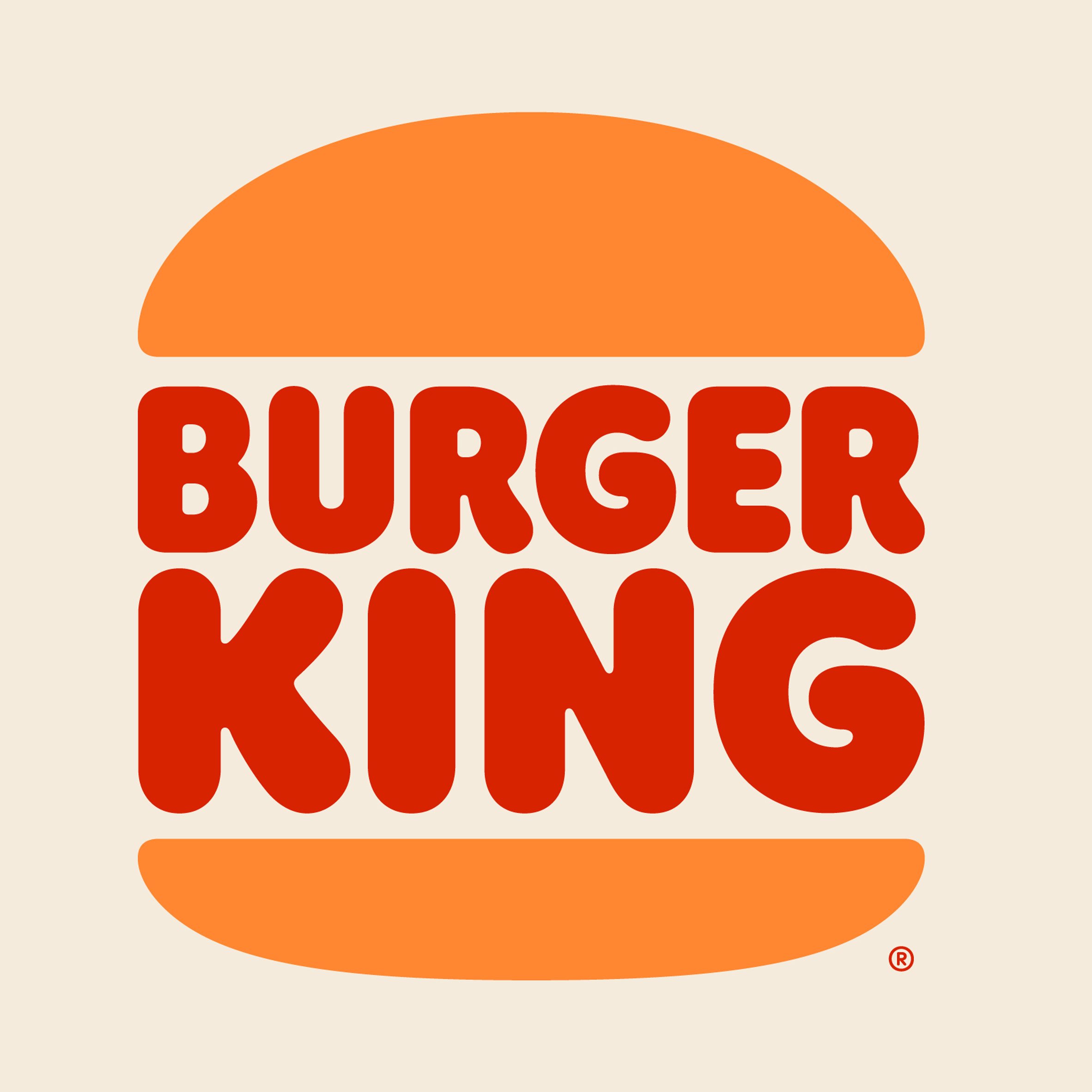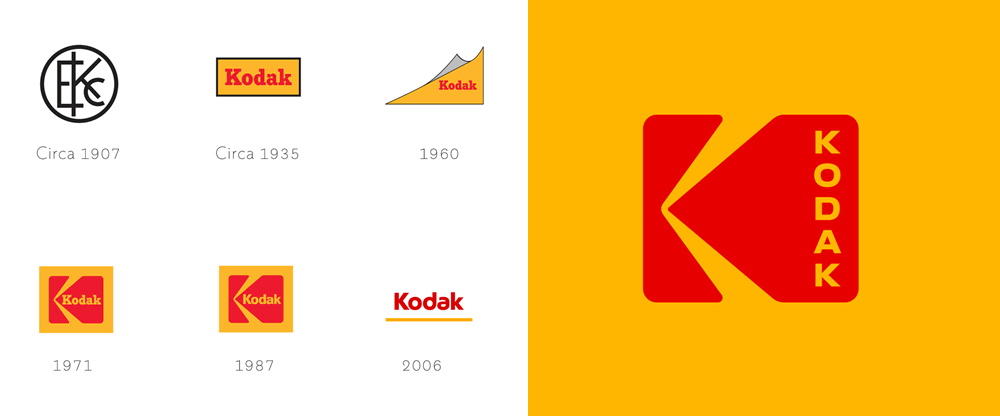

Riding the retro wave in content

Transport your audience back to the good old days
We’ve seen a lot of content recently that is incorporating retro motifs and themes, and we’re really liking it. Not only is the retro aesthetic nostalgic, this blast from the past is actually also a refreshing change from the sleek, clean looks that we’re used to.
Bell bottoms are in season, mullets are sadly making a comeback, and ABBA just dropped a new album — it’s almost the end of 2021, but it’s looking like the good old days. In a world that’s still wracked by an ongoing pandemic, perhaps this nostalgia is more appealing than ever.
By harking back to the ‘good old days’, nostalgia taps into golden, familiar concepts that already have established positive connotations that help build trust for new ideas and brands.
What makes nostalgia in content so compelling? We’re taking a dive to evaluate just why and how it works.
What makes nostalgic content work?
Nostalgic content makes people feel good
Research shows that nostalgia can counteract loneliness, boredom, and anxiety, evoking positive emotions. It has helped people to cope with stressful moments and life transitions — no surprise that it’s making a comeback especially now.
“Generally, people find comfort in nostalgia during times of loss, anxiety, isolation, or uncertainty,” says Krystine Batcho, a psychology professor at Le Moyne College in Syracuse, New York.
Previously, we have discussed the importance of creating emotional content, and inducing nostalgia is one of the ways for brands to grab hold of their audience by their extra-wide lapels.
Recently, Mercedes-Benz brought audiences back to 1979, when electric vehicles were just a pipe dream. With retro-futuristic visuals and space-themed music, the automobile manufacturer created a video that was a throwback to sci-fi films of yesteryear.
It nailed the aesthetic — the video fits quite comfortably alongside the sci-fi movies from the ‘70s. By presenting the past’s vision of the future, it managed to demonstrate how electric cars turned from fiction to reality with the launch of their newest vehicle, the Concept EQG. (I know, we were waiting for flying cars, they’re coming.)
In fact, a recent survey showed that more than half of respondents seek comfort and nostalgia from familiar TV shows and music during a pandemic.
Older series like The Office and Grey’s Anatomy were huge hits on Netflix in 2020, beating out original new blockbusters for the amount of minutes streamed. The atmosphere of nostalgic remembrance makes it easier to connect with and eventually sell to your target audience.
Another example was when Nintendo promoted its latest console, the Nintendo Switch. Back in the 1980s to 2000s, Nintendo was the it company that completely dominated the game console market, way before mobile games reigned supreme.
Their ad told a story of two brothers who had forged a strong bond by playing the original Nintendo game console together as children but drifted apart as they grew older.
An emotional storyline that viewers can see parallels with their own lives, the video ends with the two brothers reuniting playing the new Nintendo Switch — just like the old times.
Nostalgic content triggers memories
As we grow older, we all develop fond memories of our younger days, from the home-cooked meals our mothers used to make, the games we played as a child whether an arcade game console, Sega, or Gameboy, and the music, movies, and television shows we enjoyed.
All these memories form our personalities and identities today. Not only that, old happy memories are a powerful tool that can be associated with new experiences to evoke the same kind of good feelings.
When faced with nostalgic references in new content, people watching it will imbue the new with meaning that they associate with the old. The new ideas that work best are those that look a little bit familiar, a little bit interesting and a little bit unexpected.
Even though Internet Explorer is slowly getting phased out, it once released a video (appropriately titled “Child of the 90s”) to win back former users who had migrated to rival browsers such as Safari, Chrome, and Firefox.
Items that were popular in the 90s, such as slap bracelets, floppy disks and even Tamagotchis made an appearance, letting the audiences walk down memory lane with items that were such a pivotal part of their lives and childhood during that decade.
With the slogan “You grew up. So did we.”, Microsoft successfully reconnects with audiences by reminding them that it had probably first surfed the web using Internet Explorer all those years ago. It has gotten over 50 million views.
What about the journey towards finding the right place to call home? It’s wrought with uncertainty and anticipation, but also feels surreal and probably one of the pivotal memories in anyone’s life.
Long & Foster First Home created a video focusing on a young couple and their house-hunting journey. To evoke the same feelings, the video’s animation style was inspired by classic Noir films and the spy craze of the 1960s, featuring a mixed-media approach that mimicked newspaper and magazine cut-outs. The typography design was also heavily influenced by old American movie titles and poster designs from artists such as Saul Bass.
While the goal is often to evoke pleasant feelings, what about our not-so-pleasant memories? In fact, nostalgic content can also poke fun at some less-than-pleasant memories from your childhood — like how your parents used to instill discipline in you via caning.
Singaporean artistes Benjamin Kheng and Annette Lee have recently released a catchy song (with accompanying music video) about this situation, describing their own (and simultaneously universally Asian) experiences being caned when they were younger.
Caning is a very common disciplinary practice in Asian households; it’s almost like a rite of passage for every Asian child. At the same time, it’s slowly being seen as an archaic method of raising children, one that’s borderlining on violence. Perhaps evoking such ‘negative nostalgia’ can be a very effective way for changing behaviour, by getting parents to rethink the way they teach their children.
Nostalgic content is a nod to your roots
As we have said before, authenticity has become an important factor for audiences, especially millennials and Generation Z. Authenticity makes your brand different from the rest of the pack.
One way to differentiate yourself is by leveraging the nostalgia factor that people long for in your marketing strategy. This can take the form of rebranding to incorporate a retro throwback in your product design or commercials.
One example of company rebranding is Burger King, where it unveiled its new logo; their first attempt in more than two decades by getting inspired by their pre-1999 logo.
The rebranding got more than 60K likes on Instagram, more than their usual range of 2-4K likes for a single post — proving that sometimes you have to look back to your history to move forward.
Same for Kodak — the company refreshed their identity with a new logo in 2016. Taking inspiration from their iconic Kodak K that was first introduce back in the 1971, the new logo also utilised the same red Kodak K against a yellow background, but in a more modern font that makes it suited for the 21st century.
Before the smartphone wars between Samsung and Apple, Nokia once dominated the mobile phone sector. One of its most iconic phones was the Nokia 3310 that sold 126 million units worldwide. When Nokia decided to resurrect the product for the modern age, it opened the video with the classic Nokia ringtone and featured the game ‘Snake’.
Many people who owned Nokia as their first phone can reminisce how exciting it was to hear the ringtone and play the game. It has been viewed more than 9 million times.
A similar tactic was also used by Motorola when it decided to relaunch the new Motorola Razr in 2019. The commercial featured an old-school flip phone lifting off a table and flying through the air as it peeled off and transformed into an Android touchscreen — that can still be closed as a classic clamshell and fit into one’s pocket.
Nostalgia and a retro feel can help you stand out in today’s polished and modern marketing world. It gives your brand authenticity and helps improve brand recall by forging stronger relationships with your audience.










